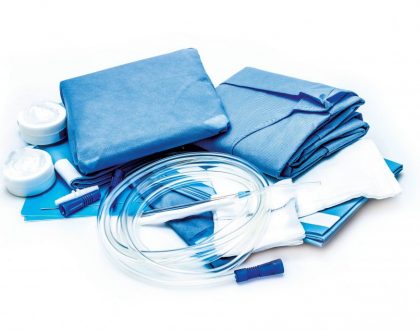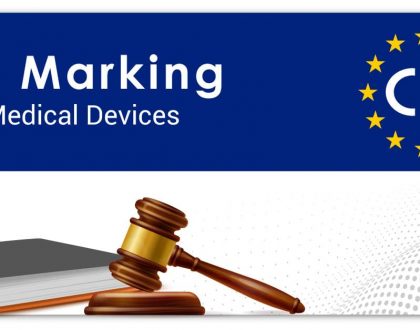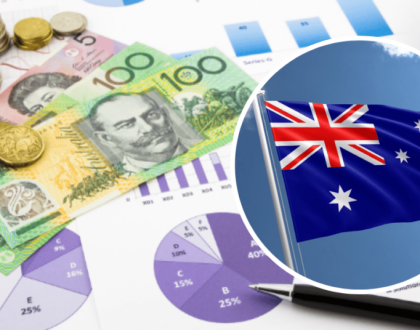Australian Therapeutic Goods Advertising Code – new guidance documents published

by admin
The Therapeutic Goods Advertising Code (the Code) sets out the rules which govern advertisement of therapeutic goods to Australian consumers. This regulatory framework made under section 42BAA of the Therapeutic Goods Act 1989 (the Act) is intended to ensure advertisements:
- promote the safe and proper use of therapeutic goods by minimising misuse, overuse or underuse; and
- are ethical and do not mislead or deceive the consumer or create unrealistic expectations about the product performance of the therapeutic goods; and
- support informed health care choices; and
- are not inconsistent with current health campaigns.
On 01 July 2022 the Therapeutic Goods Administration (TGA) issued several guidance documents to support manufacturers, sponsors and distributors demonstrate compliance with the updated Therapeutic Goods (Therapeutic Goods Advertising Code) Instrument 2021 (the 2021 Code).
The guidance documents which have been published on the TGA website are discussed below.
PART 2 – Application of the code
Guidance document has not been published yet.
PART 3 – General requirements
Guidance document has not been published yet.
PART 4 – Mandatory statements and other required information
This part of the 2021 Code does not apply to product labelling, packaging or instructions for use. For all other forms of medical device advertisements i.e. internet including websites, social media, pharmacies direct marketing etc the mandatory statements which must be included are “ALWAYS FOLLOW THE DIRECTIONS FOR USE” or “ALWAYS READ THE LABEL AND FOLLOW THE DIRECTIONS FOR USE”.
A new mandatory statement has been introduced in the 2021 Code which applies to all therapeutic goods only available for supply through a health professional.
These advertisements must include the statement “THIS PRODUCT IS NOT AVAILABLE FOR PURCHASE BY THE GENERAL PUBLIC”.
How to include mandatory statements in different forms of advertisements:
- For written advertisements the advertiser must ensure that the statement is displayed predominantly on the same page that the therapeutic good is. For example, if a good is advertised on a website landing page which leads the viewer to click through to a product page the statement must be displayed on both pages.
- For audio advertisements the statement must be clearly communicated as part of the advertisement.
PART 5 – Additional requirements for advertisements about particular therapeutic goods
This part of the 2021 Code does not apply to product labelling, packaging or instructions for use. This part of the 2021 Code applies to advertisements about analgesics, complementary medicines, sunscreens and weight management products.
PART 6 – Testimonials and endorsements in advertising
This part of the 2021 Code applies to all therapeutic goods including medical devices and has been updated to clarify that paid or incentivised testimonials made by any relevant person engaged in the production, marketing or supply of the therapeutic good or a member of the relevant person’s immediate family, unless disclosed is prohibited. Endorsements made are prohibited from being made by the organisations and individuals provided in the list below as indicted in the 2021 Code.
- Government or government authority (unless permitted by Australian legislation) includes employees or contractors engaged by these bodies
- A hospital, healthcare facility or community pharmacy, including employees or contractors engaged by these bodies
- A current or former health practitioner, health professional or medical researcher
- A person who represents themselves as being qualified or trained to diagnose, treat or prevent a disease, ailment, defector injury
Where an endorsement is a form of support, approval or sanction and a testimonial is a statement about a therapeutic good made by a person who claims to have used that good or to have used it while caring for someone else.
The TGA guidance document indicates that social media influencers, bloggers and brand ambassadors who have received ‘valuable consideration’ cannot make testimonials for therapeutic goods. So long as they are not specifically excluded from doing so, social media influencers, bloggers and brand ambassadors may make endorsements for therapeutic goods, refer to the list above. Endorsements made by social media influencers, bloggers and brand ambassadors must ensure the consumer is informed that they received ‘valuable consideration’.
Where valuable consideration means that a form of compensation of some kind is received in exchange for provision of a testimonial or endorsement.
PART 7 – Samples and incentives
This part of the 2021 Code applies to all therapeutic goods including medical devices. The list of therapeutic goods which can be offered as samples has been expanded and is provided in Annexure 2 of the 2021 Code, refer to the list provided below noting this is periodically updated and should be reviewed before offering samples.
- condoms and personal lubricants
- continence catheter devices for self-management
- COVID-19 rapid antigen tests for self-testing
- disinfectants
- face masks and gloves for preventing the transmission of disease in persons
- hand sanitisers
- lancets and blood glucose strips for use in connection with measuring blood glucose
- nicotine replacement therapies administered by oromucosal or transdermal means, including sprays, patches, gums, lozenges, sachets and tablets
- oral hygiene goods – toothpaste, mouthwash and interdental brushes
- oral rehydration goods
- stoma devices for self-management
- sunscreens and other therapeutic goods containing sunscreen
- tampons and menstrual cups
- wound care dressings for superficial wounds, including first aid items and antiseptics
These products must be entered in the Australian Register of Therapeutic Goods ARTG).
PART 8 – Restricted representations
This part of the 2021 Code has been removed from the 2021 Code and consolidated into Schedule 2 of the Therapeutic Goods Regulations 1990.
Where a restricted representation is a representation (statement or claim) in an advertisement for a therapeutic good which refers (expressly or by implication) to a serious form of a disease, condition, aliment or defect. Restricted representations do not include pregnancy, other than pregnancy with a medical, obstetric or surgical complication.
Restricted representations can only be used in advertisements for therapeutic goods that are available to consumers if the TGA has permitted or approved the use of that representation.
PART 9 – Price information
This part of the 2021 Code only applies to advertisements for prescription medicines and certain pharmacist-only medicines.
Conclusion
The revised reforms have been implemented to provide clearer and more simplified guidance to advertisers of therapeutic goods placed on the Australian market. The changes consider the forms of advertisements prevalent today where social media has a large influence on consumers.
If you require further information or have any medical device regulatory queries, contact KD&A, we can support your organisation with your medical device and/or IVD compliance requirements.
Recommended Posts

January 2024 Updated Guidance – System or Procedure Packs
February 28, 2024

Guidance on the vigilance system for CE-marked devices and the Device Specific Vigilance Guidance (DSVG) Template
February 19, 2024

TGA Fees and Charges Proposal 2024-25
February 1, 2024
